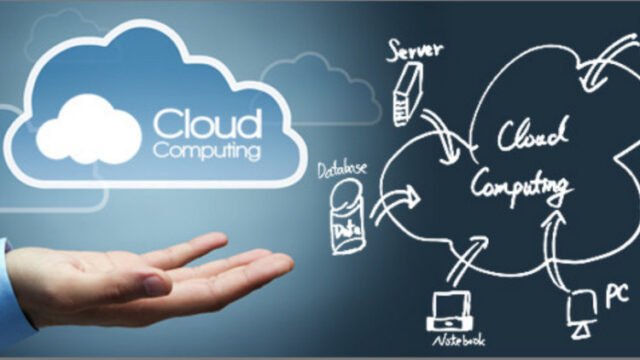In the current time, cloud technology is used widely by many organizations. As we know that there are various benefits of cloud computing, but it is also a cause of pollution, which is harmful to the environment. This is how the concept of Carbon-Intelligent Computing came into light. As companies around the world try to fight climate change, a new way of using computers is becoming popular.
Here in this article, we will discuss in detail Carbon-Intelligent Computing. So if you are looking to grow your career as a cloud developer, then taking the Cloud Computing Courses can help you in this. Well, you can learn this course by taking in-class or online training, where you will learn from scratch. So let’s begin by discussing the meaning of Carbon-Intelligent Computing.
What is Carbon-Intelligent Computing?
Carbon Intelligent computing is one of the popular approaches that is a smart, eco-friendly approach to using technology. Well, this may not only focus on the speed, cost, and reliability, but also on reducing the harm to the environment. This new way of computing looks at the full impact of technology, from making hardware and using electricity, to writing software and recycling old devices. It helps IT professionals build systems that are better for the planet, without losing performance.
To learn in detail about this, you can apply to the Cloud Computing Institute in Noida. Because there are many institutions in Noida where you can get the opportunity to learn such courses. Also, after completing the course, you can get a job opportunity where you can showcase your knowledge.
Features of Carbon-Intelligent Computing
Here we have discussed the features of Carbon-Intelligent Computing in detail. So if you have gained the Google Cloud Engineer Certification, then this takes advantage of these features. Also, this certification adds a credential to your portfolio.
Smart Carbon Optimization
These systems check how “clean” the electricity is in real time. Then, they move or delay tasks to places or times where energy is greener. For example, a job could run at night when wind energy is high.
Full Lifecycle Carbon Check
They look at the carbon footprint from start to finish:
- – Making the hardware
- – Running the systems
- – Disposing of or recycling old parts
This helps reduce carbon emissions at every stage.
Smart Use of Resources
Advanced algorithms help us use computer power more efficiently. They combine tasks, move workloads around, or scale systems up and down—all based on how much carbon is produced per task.
Use of Clean Energy
These systems prefer energy from wind, solar, or other renewable sources. They even plan tasks based on when and where clean energy will be available, helping companies reduce emissions without affecting their work.
Carbon-Aware Apps
Apps are built to understand when energy use is “dirtier” and adjust automatically. For example, they may do less processing or delay data transfers when energy is coming from fossil fuels.
Discover in-demand skills for today’s cloud-driven world with our Microsoft Azure Course Online. During this training, you’ll learn about core Azure services, infrastructure management, virtual networking, identity management, and access control. Whether you’re preparing for certification or enhancing your job-ready skills, this course provides hands-on labs, real-time projects, and expert guidance.
Clear Monitoring and Reporting
Carbon-intelligent systems show detailed reports about how much carbon is being used or saved. This helps companies see their progress, make better choices, and show their commitment to the environment.
Conclusion
From the above discussion, it can be said that carbon-intelligent computing is more than just a trend, because it’s becoming a must-have for businesses. Well, the businesses that are looking to stay ahead, modern, as well as responsible carbon-intelligent computing is a great choice to adopt. So learning it has become essential for the IT professionals who want to lead in a world focused on climate action and digital innovation.








Carbon-Intelligent Computing optimizes computing tasks to reduce carbon emissions by scheduling workloads when renewable energy is available. Its key characteristics include energy efficiency, sustainability, and smart workload management. For deeper learning on such modern technologies, institutes like CETPA Infotech provide excellent training resources.